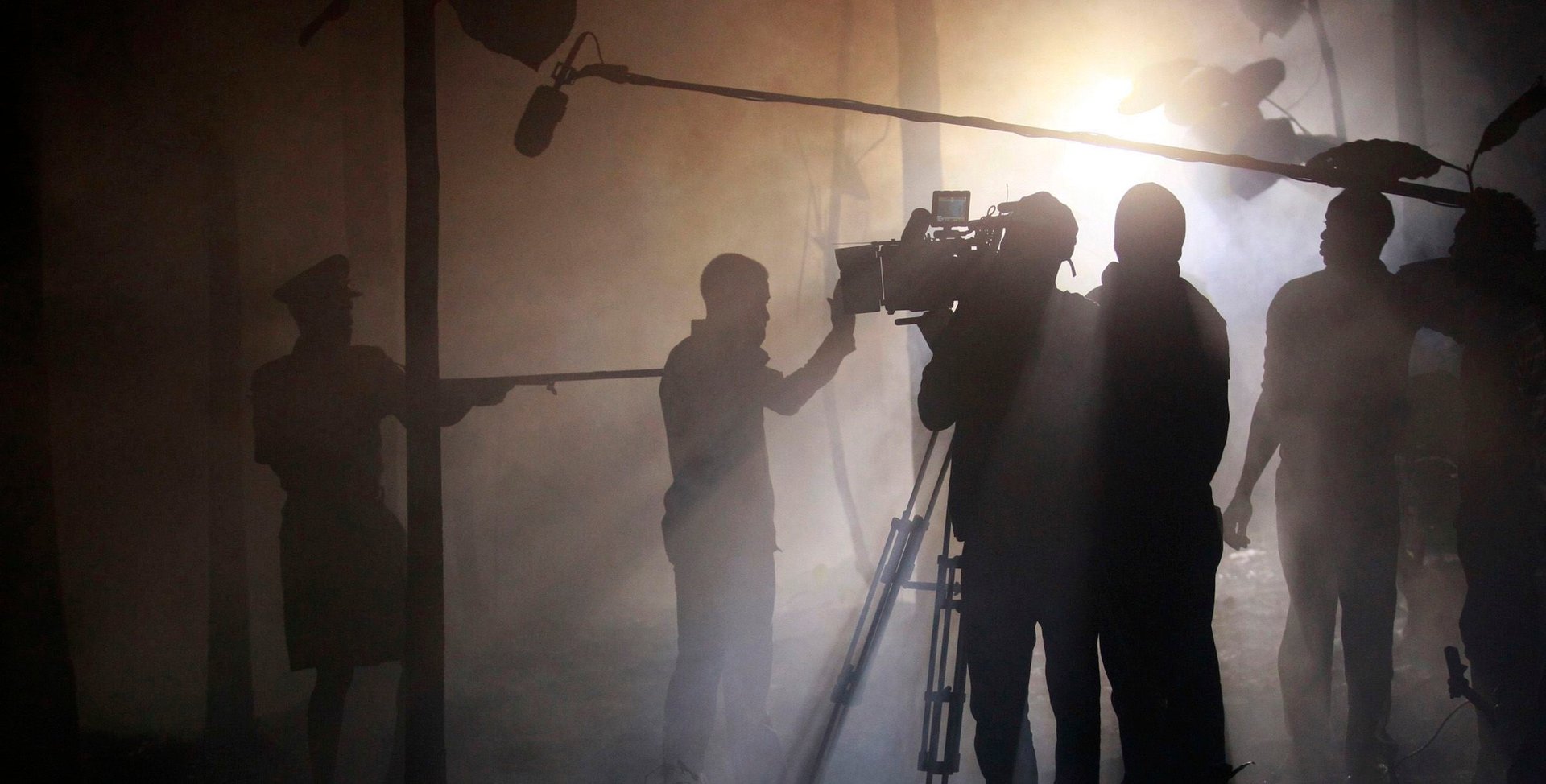Why Hollywood is now trying to save film after all its digital trailblazing
The biggest Hollywood studios recently reached a deal with Kodak to continue to supply them with film stock for at least for “a few” more years to make their movies. That is quite an investment on both sides—Kodak says it costs $50 million a year to keep manufacturing film—and a big turnaround for an industry that has spent the better part of the last decade pushing digital and sounding the death knell for film.


The biggest Hollywood studios recently reached a deal with Kodak to continue to supply them with film stock for at least for “a few” more years to make their movies. That is quite an investment on both sides—Kodak says it costs $50 million a year to keep manufacturing film—and a big turnaround for an industry that has spent the better part of the last decade pushing digital and sounding the death knell for film.
Since the start of the century, Hollywood has moved away from film towards digital in every aspect of filmmaking—culminating in films like the terrible Jude Law-starring Sky Captain And The World Of Tomorrow, released in 2004, and David Fincher’s Zodiac, from 2007, which were produced using no physical media whatsoever.
The second Star Wars prequel in 2002 was the first major film to be shot using high-definition digital cameras. Creator George Lucas was instrumental in helping push cinemas to move to digital projection, all part of the same forces that pushed consumers to change from film to digital cameras and forced Kodak into bankruptcy in 2012. (It emerged in 2013.)
“Digital technology is the same revolution as adding sound to pictures and the same revolution as adding color to pictures,” Lucas said in 1997. “Nothing more and nothing less.” How times change.
The latest Star Wars sequel, The Force Awakens, will be released later this year and was shot on film. Inception and Batman director Christopher Nolan shoots not only on 35mm film, but refuses to shoot on 3D and instead prefers to shoot on IMAX, which is just a wider, 70mm film format.
Why? Because film still looks better and the best Hollywood filmmakers prefer to shoot on it. Nolan expressed it best when he said:
For the last 10 years, I’ve felt increasing pressure to stop shooting film and start shooting video, but I’ve never understood why. It’s cheaper to work on film, it’s far better looking, it’s the technology that’s been known and understood for a hundred years, and it’s extremely reliable.
He’s not alone. Steven Spielberg still shoots on film. Quentin Tarantino is such a purist, he even purchased a cinema in Los Angeles—which is only ever going to screen film prints. Even comedic director and producer Judd Apatow praises the aesthetic qualities of the “magic to the grain and the color quality that you get with film.”
The answer, of course, is that shooting and processing film is much more expensive for the filmmaker with no budget—and this is why so many indie moviemakers have embraced the digital era. At Sundance, a film debuted shot completely on the iPhone 5S. For them, there’s no going back.
But for some of the best filmmakers in the world, the Kodak deal secures them the ability to keep having the choice—at least for a tad bit longer.